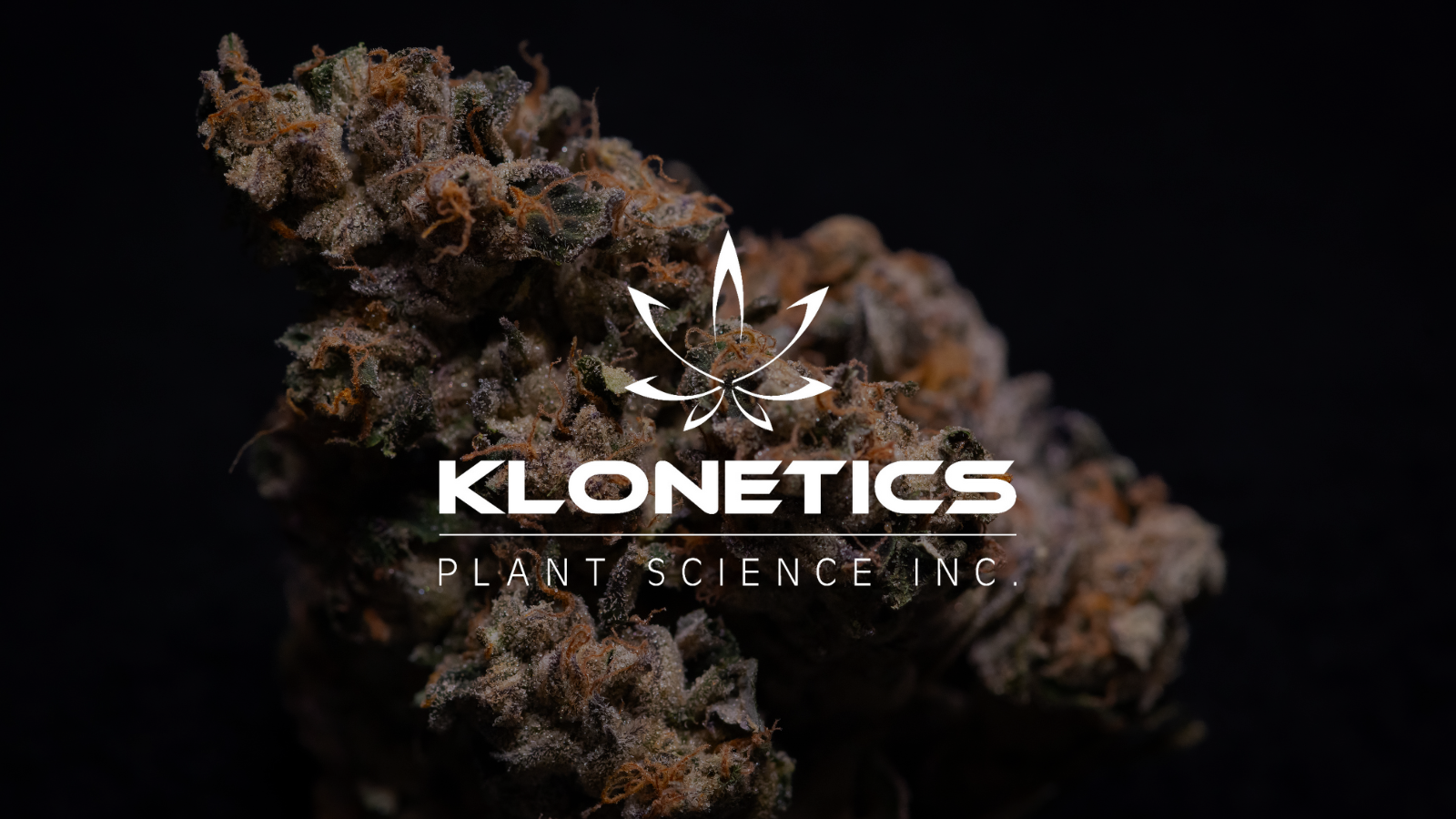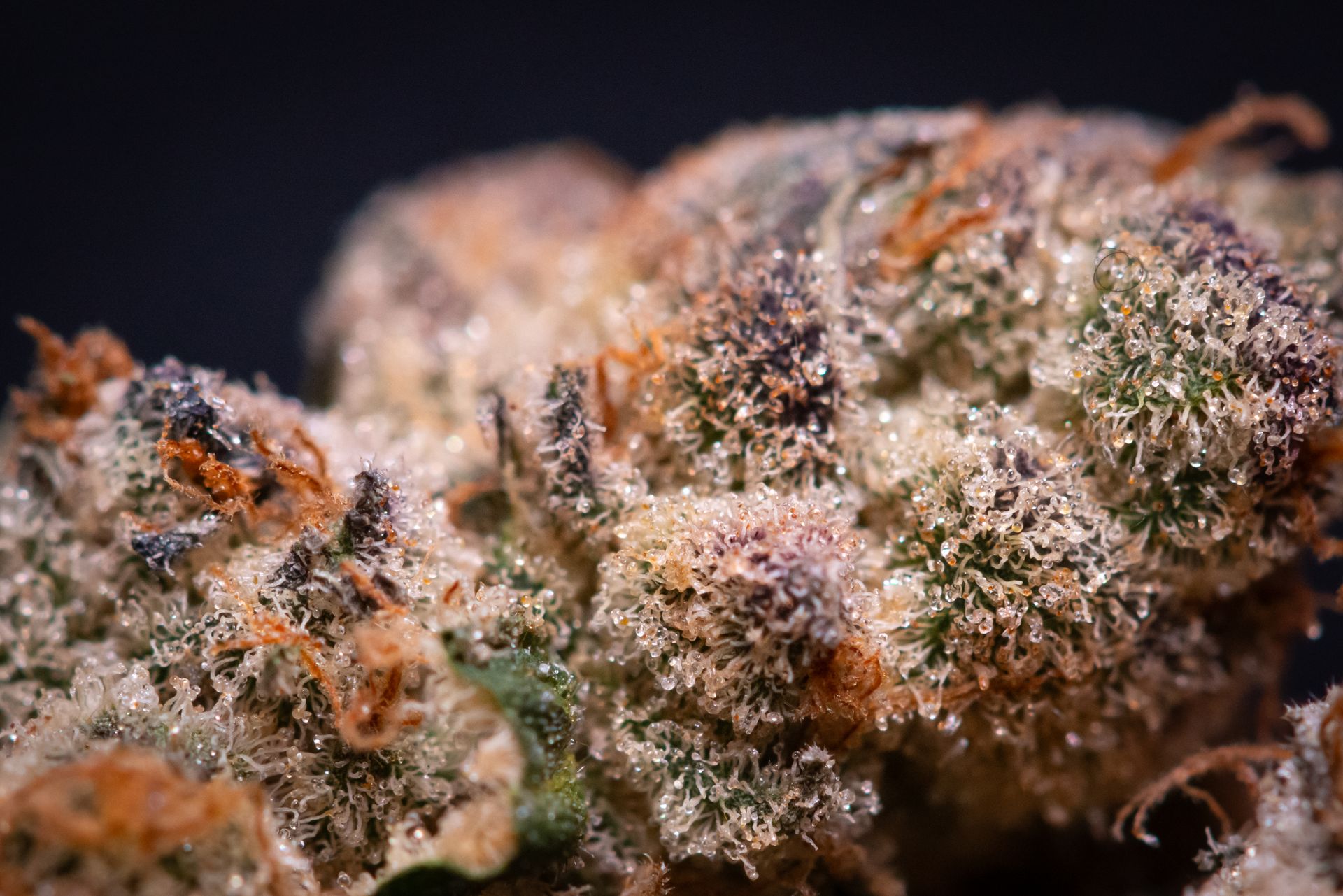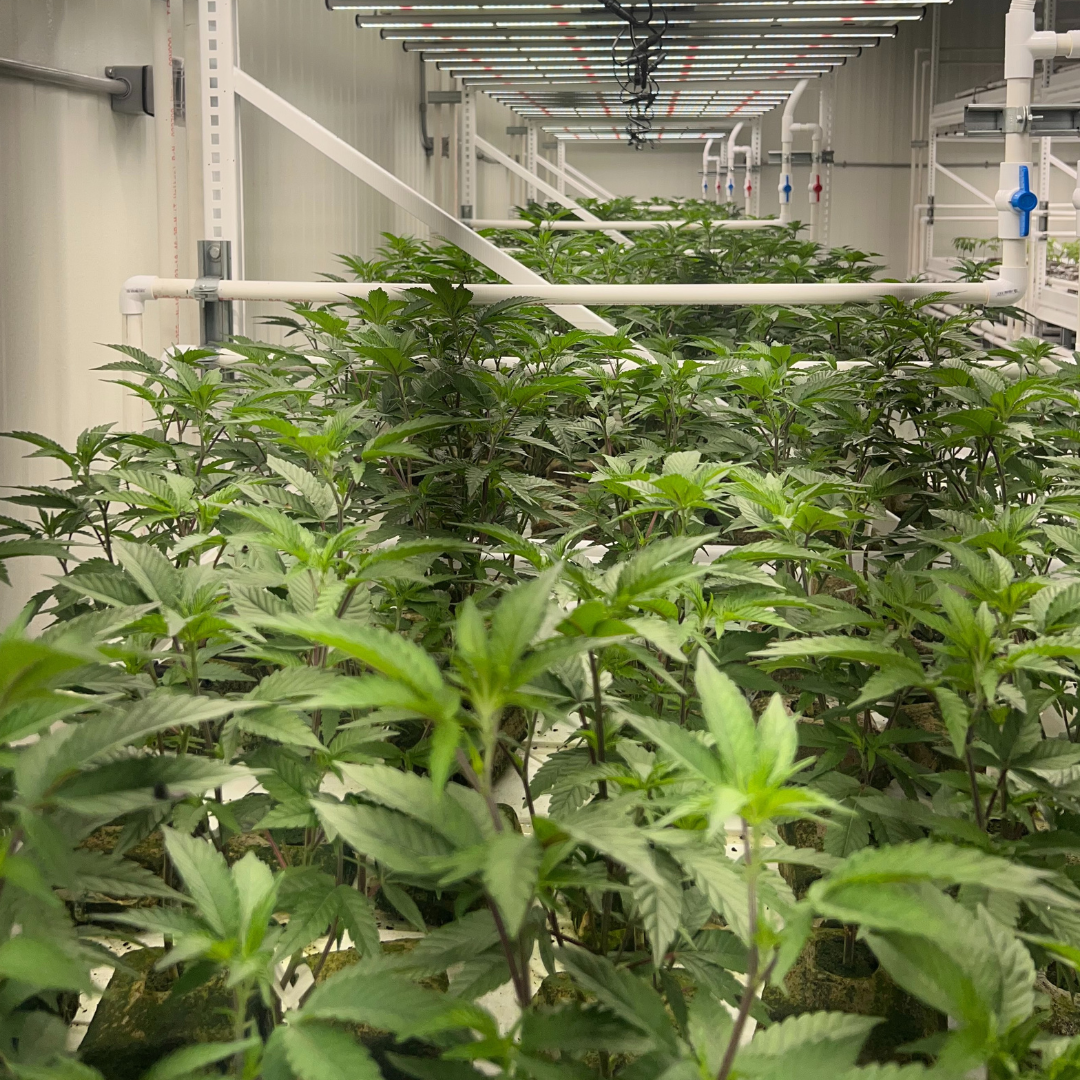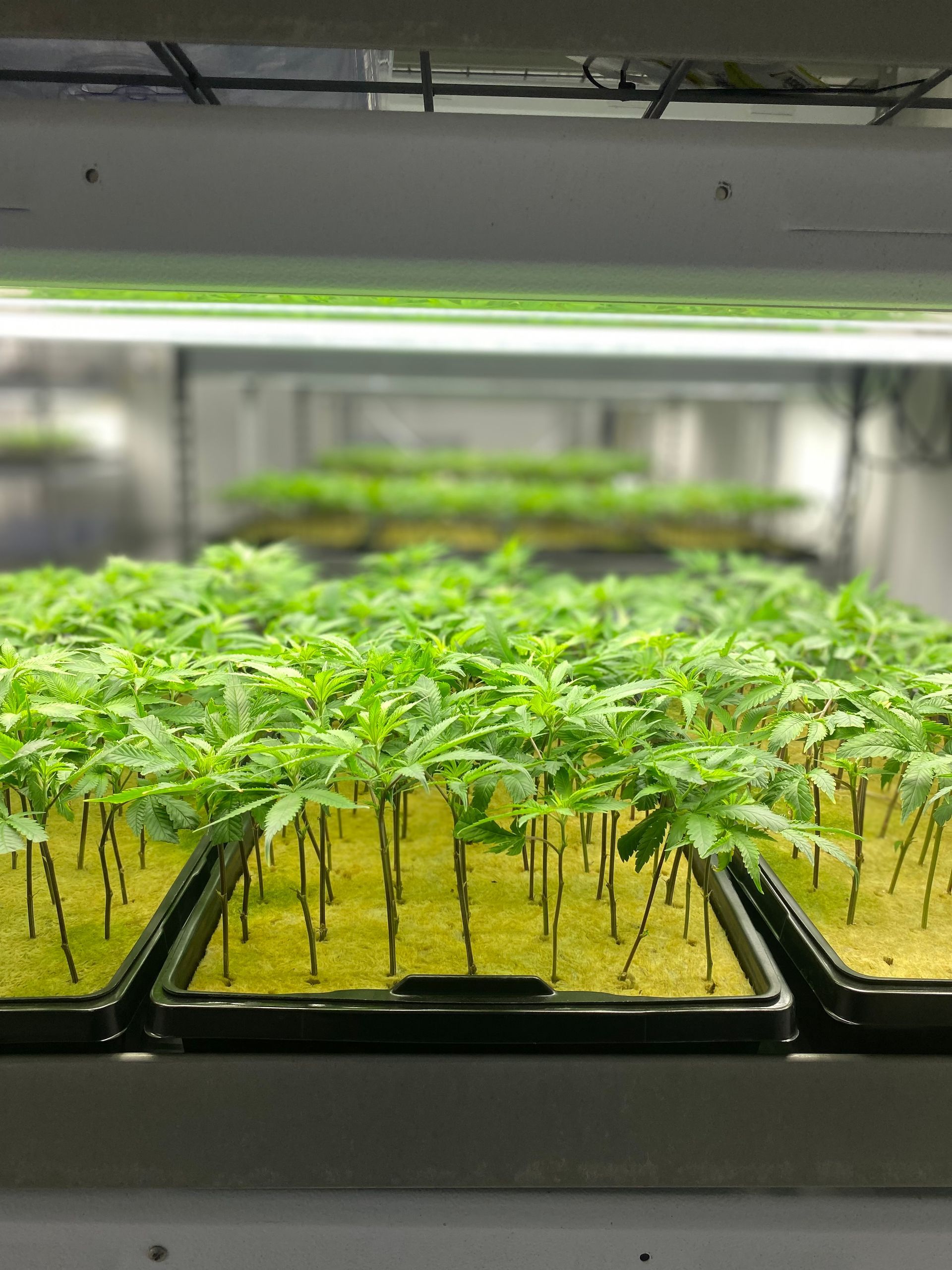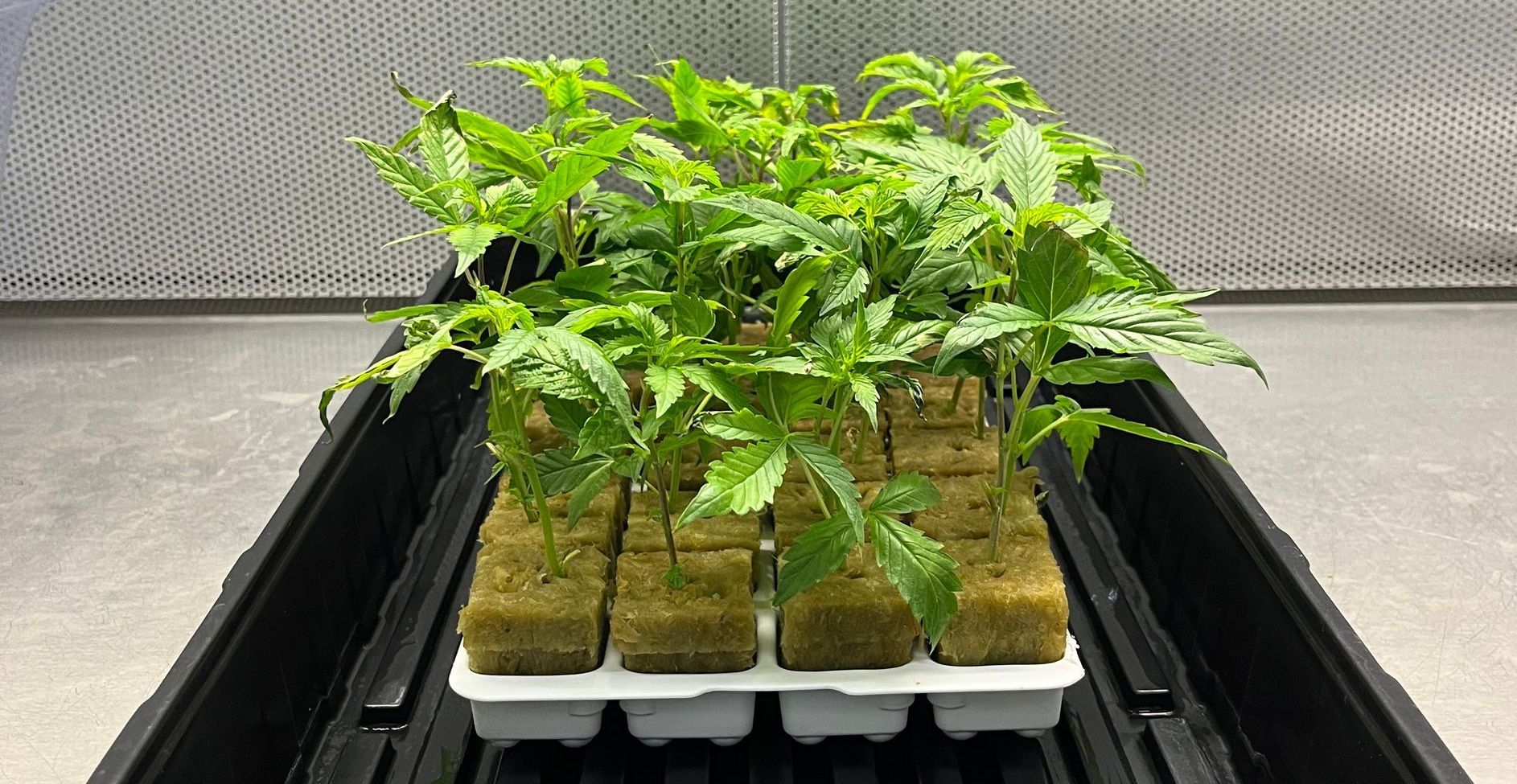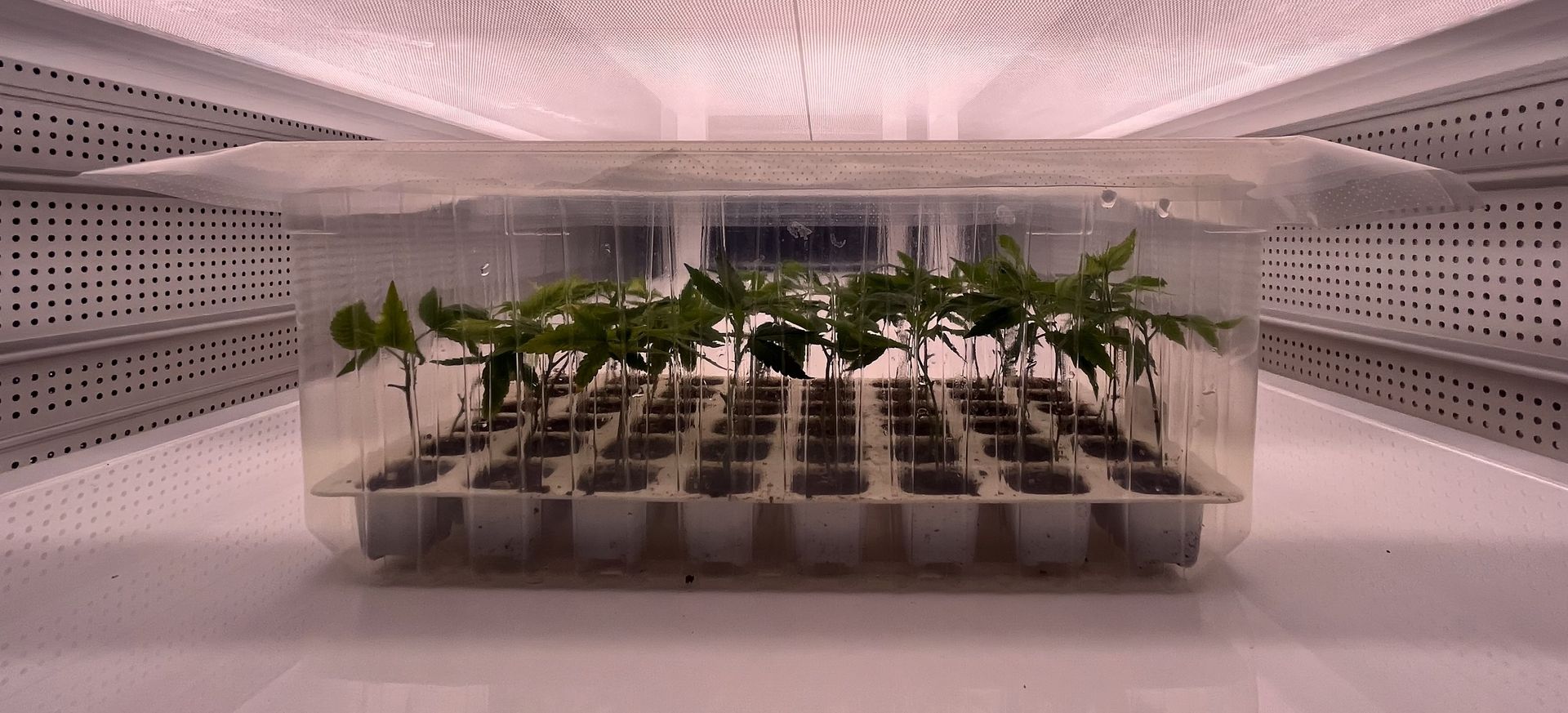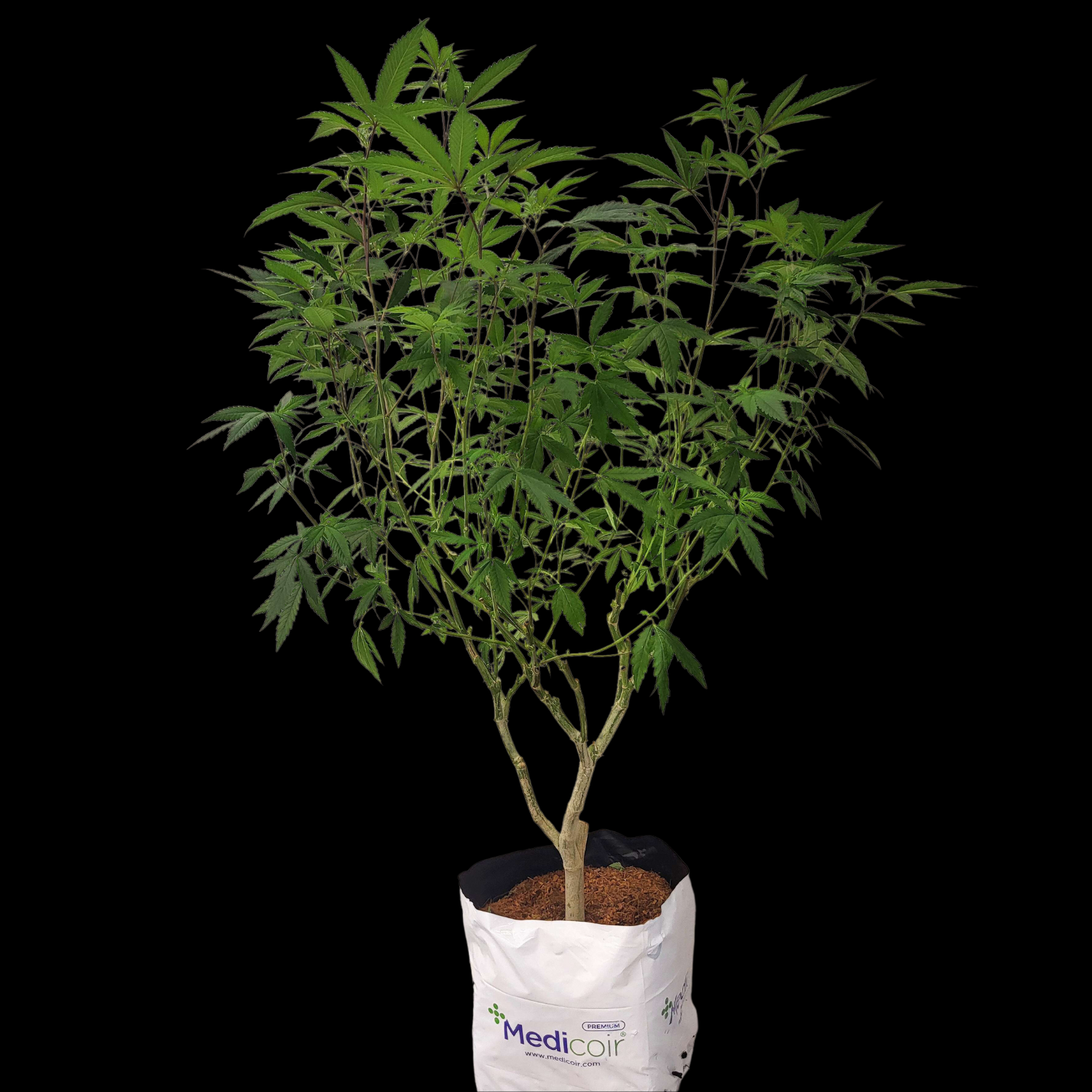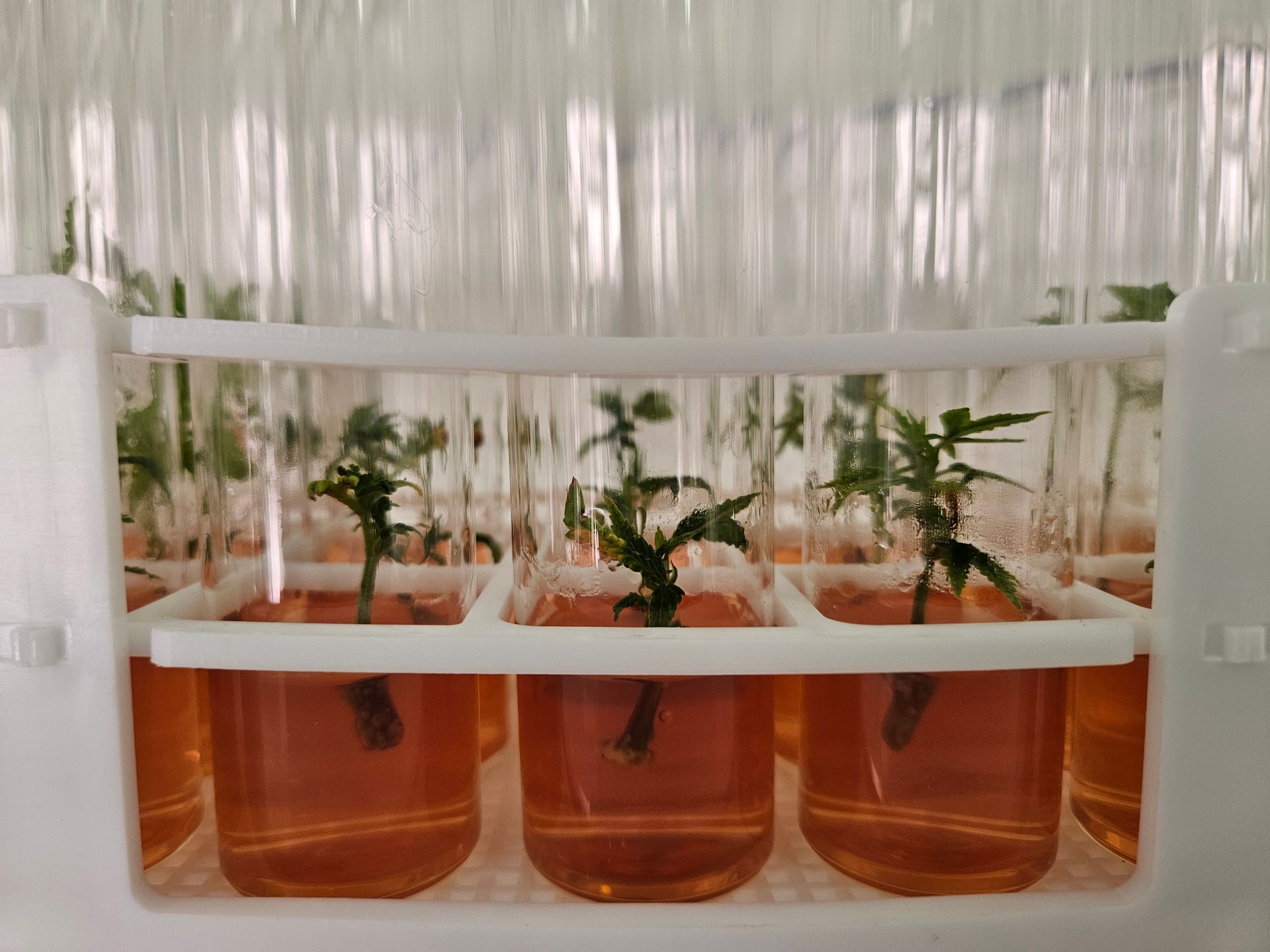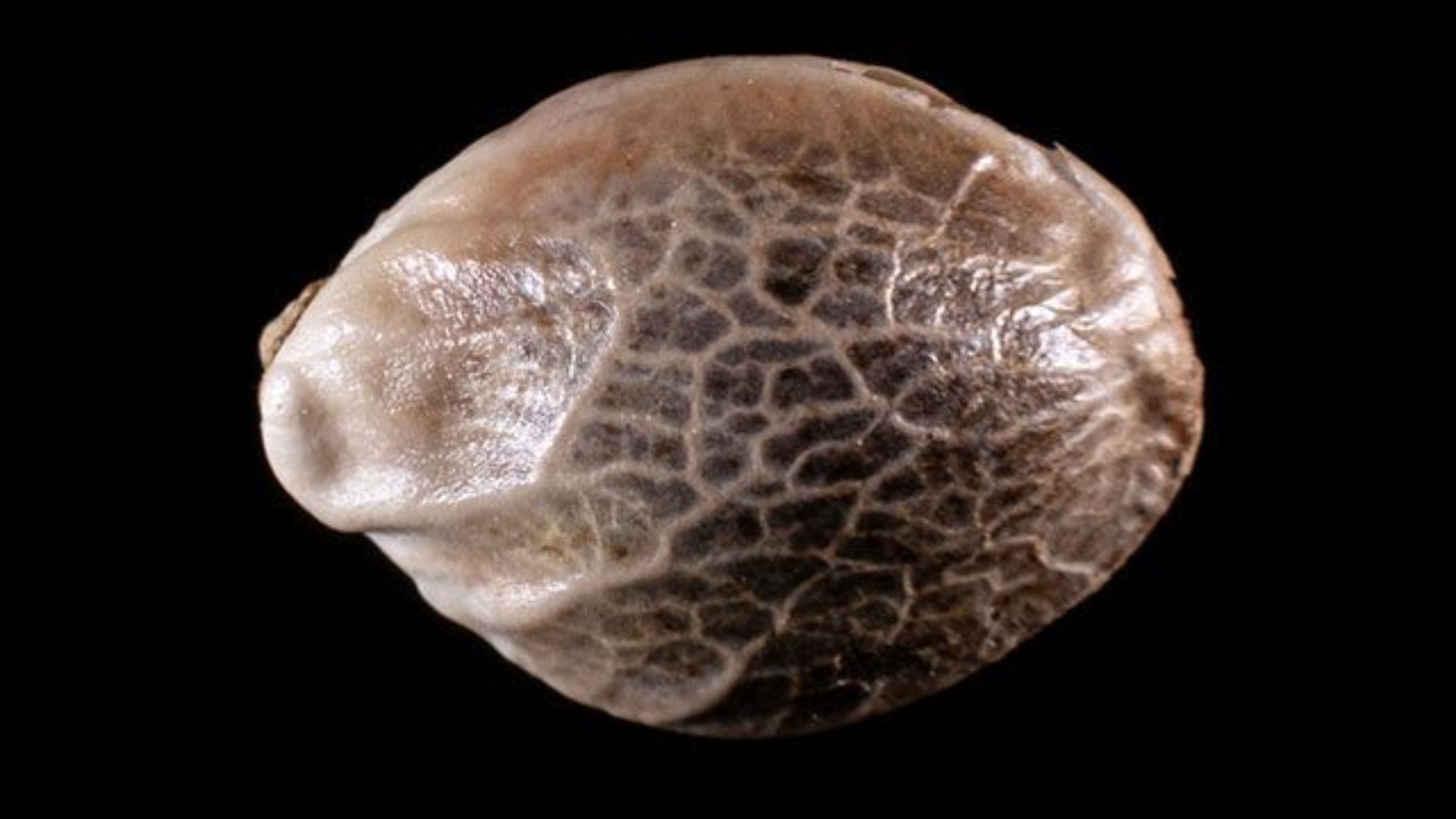Pheno Hunting for Cannabis Traits - Grow Guide
Pheno Hunting for Cannabis Traits - Grow Guide
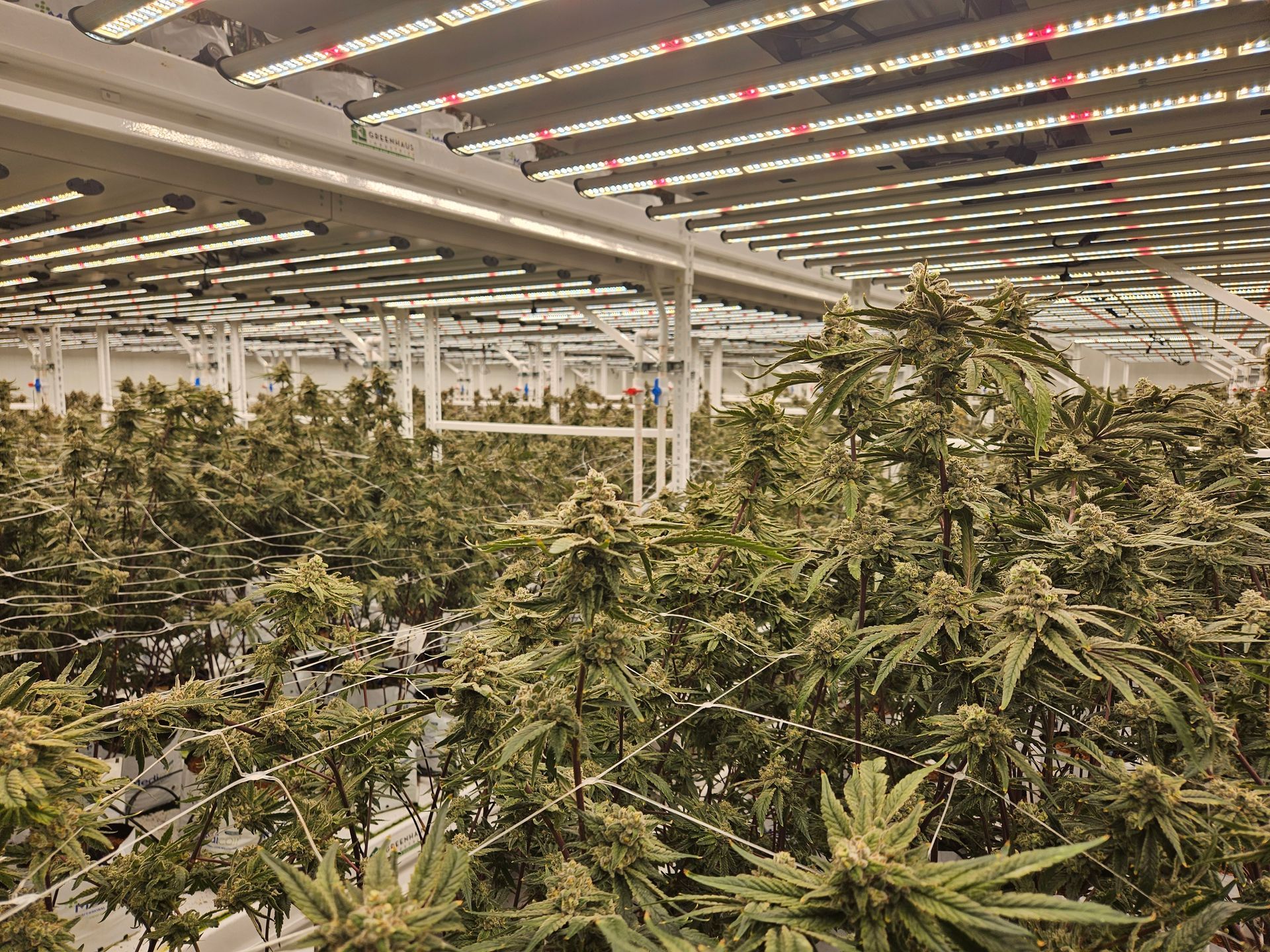
Did you know that it can take years of trial and error to isolate a single favorable cannabis strain through pheno hunting? This meticulous process is the backbone of the cannabis industry, enabling growers to enhance product quality, yield, and customer satisfaction. At Klonetics Plant Sciences, we've mastered the art of pheno hunting, and in this comprehensive guide, we'll share our expertise to help you unlock the full potential of your cannabis cultivation.
Pheno hunting is the practice of carefully observing and selecting desirable traits in cannabis plants, from the earliest stages of growth to the final harvest. By understanding the complex interplay between genetics and environmental factors, we can identify the most exceptional phenotypes - the unique physical and chemical expressions of a plant's genetic makeup.
These prized cultivars possess a range of sought-after characteristics, including high potency, unique flavors, robust yields, and disease resistance.
Key Takeaways:
- Pheno hunting is crucial for identifying and selecting the best cannabis phenotypes for enhanced quality, yield, and customer satisfaction.
- Understanding the role of genetics and environmental factors in trait expression is essential for successful pheno hunting.
- Careful observation and documentation throughout the plant's life cycle are key to identifying desirable characteristics.
- Collaboration with other growers and breeders can provide valuable insights and increase your chances of finding exceptional phenotypes.
- Klonetics Plant Sciences offers expertise and advanced solutions to support your pheno hunting journey.
Understanding Cannabis Phenotypes and Their Importance
In the realm of cannabis cultivation, the term "phenotype" holds immense significance. Phenotypes refer to the observable characteristics of a plant, such as its appearance, growth patterns, flavors, aromas, and potency. These traits are the result of the intricate interplay between a plant's genetic makeup and its environment.
What Defines a Cannabis Phenotype
Each cannabis seed contains a unique genetic blueprint, leading to diverse phenotypes within the same cultivar. This genetic variability is the foundation for the necessity of pheno hunting, where growers search for the optimal expression of desired traits. The genotype, or the genetic composition of the plant, determines the range of potential phenotypes, while environmental factors like temperature, humidity, and nutrient availability influence how those genes are expressed.
The Role of Genetics in Trait Expression
Cannabis plants exhibit an incredible diversity in their genetic makeup, with each seed carrying a distinctive combination of genes. This genetic variability is the cornerstone of pheno hunting, as it allows growers to uncover unique and superior cannabis phenotypes. By understanding the role of genetics in trait expression, cultivators can make informed decisions during the selection process to identify plants with the most desirable characteristics.
Environmental Influences on Phenotypic Development
The environment plays a crucial role in shaping the development and expression of cannabis phenotypes. Factors such as temperature, humidity, light exposure, and nutrient availability can activate or suppress specific genes, leading to variations in plant size, structure, aroma, and potency. Recognizing the impact of environmental conditions is essential for growers to optimize their cultivation practices and consistently achieve the desired phenotypic outcomes.
"The diversity of cannabis phenotypes is a testament to the plant's incredible adaptability and the importance of understanding the complex interplay between genetics and environment."
Pheno Hunting for Cannabis Traits: Essential Steps
The pheno hunting process is a crucial aspect of cultivating superior cannabis strains. It involves meticulously observing and evaluating the unique characteristics, or phenotypes, displayed by individual plants within a given genetic pool. By identifying and selecting the most desirable traits, growers can optimize their cultivation efforts and obtain consistently exceptional results.
The journey begins with germinating a batch of seeds and closely monitoring the seedlings as they develop. During the vegetative phase, we pay close attention to plant morphology, growth patterns, and overall vigor. As the plants transition into flowering, we assess bud structure, trichome production, and other quality indicators.
Throughout this process, we must be diligent in eliminating any weak or undesirable plants, focusing our resources on the most promising specimens. Post-harvest, we carefully evaluate factors such as yield, potency, and overall smoke quality to identify the "keeper" plants that will be selected for future cultivation.
The pheno hunting process may take several months, but the payoff is worth it. By understanding the unique expressions of each plant's genetics, we can craft exceptional cannabis strains that deliver consistent, high-quality experiences for our customers.
Setting Up Your Pheno Hunting Environment
Unlocking the full potential of your cannabis plants starts with creating a controlled environment tailored for accurate phenotype comparison. At Klonetics Plant Sciences, we emphasize the importance of maintaining stable temperature, humidity, and grow space optimization to ensure fair evaluation of your plants' unique characteristics.
Controlled Growing Conditions
Consistent environmental conditions are crucial when pheno hunting. By controlling factors like lighting, airflow, and nutrient delivery, you can make apples-to-apples comparisons between your cannabis plants. This attention to detail allows you to identify the most desirable phenotypes that thrive in your unique cultivation tools.
Documentation and Record-Keeping Methods
Meticulous documentation and record-keeping are essential for successful pheno hunting. Detailed notes on plant growth, morphology, and responses to training help you track the development of each phenotype. This data-driven approach enables you to make informed decisions when selecting the best plants to propagate and preserve.
Equipment and Tools Required
From cultivation tools like hydrometers and pH meters to specialized scouting apps, the right equipment is vital for cultivating an optimal pheno hunting environment. Investing in these resources empowers you to make the most of your grow space and unlock the full genetic potential of your cannabis plants.
Identifying and Selecting Superior Traits
At Klonetics Plant Sciences, we know that the key to developing exceptional cannabis cultivars lies in the careful selection of superior traits. Through our rigorous pheno hunting process, we guide growers in identifying the most desirable characteristics in their cannabis plants, from growth patterns and yield potential to potency and resistance to pests and diseases.
One crucial factor to consider is the stability of the phenotypes. F1 phenos, being the first-generation offspring from two distinct parents, tend to exhibit more predictable and stable traits. In contrast, F2 phenos, the result of crossing two F1 plants, can display a broader range of both desirable and undesirable characteristics, requiring a more discerning eye during the selection process.
High-quality seeds from reputable breeders are essential for consistent results, ensuring predictable and desirable traits in mass cultivation. Cheaper seeds, on the other hand, often lead to higher phenotypic variation, resulting in inconsistent growth, yield, and quality in cannabis plants.
Successful pheno hunting involves growing multiple seeds of the same strain and closely observing the plants throughout their growth and flowering stages. By documenting and analyzing key plant attributes, such as resin production, terpene profiles, and overall structure, growers can identify the superior phenotypes that will form the foundation of their cultivation program.
At Klonetics, we emphasize the importance of systematic data collection and analysis in the pursuit of elite cannabis genetics. Our growers utilize a range of digital tools, apps, and detailed grow journals to meticulously record and assess their plants, ensuring they make informed decisions based on statistical information rather than relying solely on subjective observations.
Advanced Selection Techniques for Breeding Programs
At Klonetics Plant Sciences, we understand that the key to developing exceptional cannabis strains lies in our ability to identify and select the best genetic material. Our advanced selection techniques go beyond basic phenotype evaluation, delving deep into the nuances of male plant selection, female plant assessment, and ensuring breeding pair compatibility.
Male Plant Selection Criteria
While female plants often take the spotlight, the role of male plants in cannabis breeding cannot be overlooked. We carefully assess male specimens for traits such as robust growth, diverse terpene profiles, and high pollen production. By selecting the right male plants, we can introduce valuable genetic diversity and enhance the expression of desirable characteristics in our offspring.
Female Plant Assessment Guidelines
Our pheno-hunting process involves a meticulous evaluation of female plants, considering factors like resin production, terpene composition, and overall plant structure. We believe that by prioritizing these essential traits, we can create cannabis strains that captivate both growers and consumers alike. Our team works tirelessly to identify the most promising female specimens that will serve as the foundation for our breeding programs.
Breeding Pair Compatibility
Achieving the perfect balance of cannabis breeding, genetic selection, and trait compatibility is crucial to our success. We carefully assess the compatibility between our male and female plants, ensuring that the pairing will result in the expression of the desired traits in the offspring. This holistic approach to breeding allows us to develop stable and consistent cannabis strains that meet the evolving demands of the industry.
At Klonetics Plant Sciences, we are committed to pushing the boundaries of cannabis breeding. By employing advanced selection techniques, we strive to create the world's greatest cannabis strains, blending art and science to deliver exceptional that captivate growers and consumers alike.
Optimizing Growth Conditions for Phenotype Expression
At Klonetics Plant Sciences, we understand that unlocking the full potential of cannabis plant genetics is a delicate balance between nature and nurture. Phenotypes, the observable characteristics of a plant, are shaped not only by its genotype but also by the environmental conditions in which it grows. By carefully optimizing these growth factors, we can enhance the expression of desirable traits and unveil the hidden potential within each strain.
One of the key elements in our growth optimization strategy is the manipulation of the light spectrum. We've found that adjusting the intensity, duration, and color temperature of the lighting can significantly influence the phenotypic expression of cannabinoids, terpenes, and overall plant morphology. By fine-tuning these environmental controls, we can coax out the most optimal growth and bring forth the unique characteristics that define each cannabis phenotype.
"Phenotypes can vary in expression due to genetic and environmental factors. Genotypes hold the genetic code of a cannabis plant, determining characteristics like size, color, and cannabinoid content."
Alongside light management, we closely monitor and adjust other vital factors such as nutrient profiles, pH levels, and watering schedules. Each of these environmental elements plays a crucial role in shaping the plant's development and contributing to the ultimate phenotypic expression. By maintaining a vigilant eye on these variables and making timely adjustments, we can unlock the true potential of each individual plant, revealing its unique blend of desired traits.
At the heart of our approach lies a deep appreciation for the complex interplay between genotype and environment. We believe that by striking the right balance and providing the optimal conditions, we can coax out the most desirable characteristics in every cannabis plant, delivering a consistently superior product to our customers. This holistic focus on growth optimization and environmental control is the foundation upon which we build our unparalleled cannabis genetics program.
Preserving Elite Genetics Through Cloning
At Klonetics Plant Sciences, we understand the immense value of the genetic gems unearthed through rigorous pheno hunting. That's why we place a strong emphasis on preserving these elite cannabis cultivars through the art of cloning. By maintaining healthy mother plants and employing proper cloning techniques, we can ensure the genetic integrity of our most prized strains for generations to come.
Mother Plant Maintenance
The foundation of successful cloning lies in the care and nurturing of our mother plants. We meticulously monitor the health and environmental conditions of these invaluable genetic repositories, providing them with optimal light, temperature, and nutrient regimes to thrive. Regular pruning, pest management, and disease prevention are essential to maintaining the vigor and genetic purity of our mother plants.
Proper Cloning Techniques
When it's time to propagate our elite cannabis genetics, we employ a range of cloning methods to ensure high success rates. From traditional rockwool and coco coir setups to advanced aeroponic systems, we utilize the most effective techniques to root our cannabis clones. Attention to detail, from cutting selection to environmental control, is paramount in this process.
Clone Storage and Management
Safeguarding our clones is a critical step in preserving our genetic wealth. We implement robust storage and management protocols to ensure the longevity and health of our clones. This includes temperature-controlled environments, meticulous hygiene practices, and strategic quarantine procedures to mitigate the risk of disease transmission, such as Hop Latent Viroid (H.L.V.D.).
By prioritizing cannabis cloning, genetic preservation, and mother plant care, Klonetics Plant Sciences remains at the forefront of cultivating superior cannabis genetics. Our commitment to these practices ensures that the exceptional phenotypes we uncover through pheno hunting can be propagated and shared with the industry, elevating the quality and diversity of the cannabis landscape.
Conclusion
The pursuit of pheno hunting for cannabis traits is a crucial endeavor that elevates the art and science of cannabis cultivation. By carefully identifying and selecting the most desirable phenotypes, Klonetics Plant Sciences www.klonetics.com empowers growers to unlock the full potential of their genetic material, leading to the development of unique and high-quality cannabis strains tailored to specific preferences and growing conditions.
The benefits of pheno hunting are manifold, from enhancing resin production and terpene profiles to optimizing yields and improving overall plant hardiness. This process of continuous exploration and refinement not only showcases the brand's commitment to cannabis cultivation mastery but also contributes to the broader industry's genetic diversity and innovation.
As the cannabis landscape continues to evolve, the pheno hunting approach adopted by Klonetics Plant Sciences www.klonetics.com stands as a testament to the power of scientific rigor and intuitive observation. By carefully documenting their findings, maintaining meticulous records, and employing advanced selection techniques, the team at Klonetics Plant Sciences www.klonetics.com ensures that the genetic integrity of their cultivars remains intact, empowering cultivators to push the boundaries of what is possible in the world of cannabis.
FAQ
What is pheno hunting in cannabis cultivation?
Pheno hunting is the process of identifying and selecting the best phenotypes, or observable traits, in cannabis plants. This is crucial for developing high-quality, unique cannabis strains with desirable characteristics such as appearance, growth patterns, flavors, aromas, and potency.
Why is understanding cannabis phenotypes important?
Phenotypes are the physical expression of a plant's genetic makeup in a specific environment. Understanding phenotypes is crucial because they determine the overall quality, yield, and unique traits of cannabis plants. The genetic diversity in cannabis seeds makes pheno hunting essential for cultivators to identify and propagate the most desirable traits.
What are the essential steps in the pheno hunting process?
The pheno hunting process involves monitoring plant growth from seed germination to harvest, observing key characteristics such as growth patterns, yield potential, potency, and resistance to pests and diseases. Cultivators must carefully evaluate and select the superior plants with the most desirable traits for future cultivation.
Why is it important to create a controlled environment for pheno hunting?
Maintaining a controlled environment with stable temperature, humidity, and light conditions is crucial for accurate phenotype comparison. This ensures that any differences observed between plants are due to their genetic makeup rather than environmental factors, allowing cultivators to make informed decisions about which phenotypes to select and propagate.
How do you identify and select superior cannabis traits?
When identifying and selecting superior traits, cultivators must consider a balance of characteristics such as growth patterns, yield potential, potency, and resistance to pests and diseases. Additionally, more subtle traits like aroma and flavor profiles are essential in creating well-rounded and appealing final products.
What are the advanced techniques for selecting plants in breeding programs?
In advanced breeding programs, cultivators must carefully evaluate both male and female plants. This includes assessing male plants for genetic diversity and trait expression, and female plants for factors such as resin production, terpene profiles, and overall plant structure. Evaluating breeding pair compatibility is also crucial to achieve desired traits in offspring.
How can you optimize growth conditions to enhance phenotype expression?
Cultivators can fine-tune environmental factors such as light spectrum, nutrient profiles, and watering techniques to bring out the best traits in each plant. Consistently monitoring and adjusting growing conditions throughout the plant's life cycle can maximize the expression of desirable phenotypic characteristics.
Why is cloning important in preserving elite genetics discovered through pheno hunting?
Cloning allows cultivators to maintain and propagate the elite genetics discovered through the pheno hunting process. This includes techniques for maintaining healthy mother plants, properly taking and rooting cuttings, and effectively storing and managing clones. Proper hygiene and quarantine procedures are also crucial to mitigate the risk of transmitting diseases like Hop Latent Viroid (H.L.V.D.).
Follow us on X
Follow us on
Instagram
Follow us on
https://www.facebook.com/klonetics
Learn more at our Blog
Learn about Klonetics at our About page


